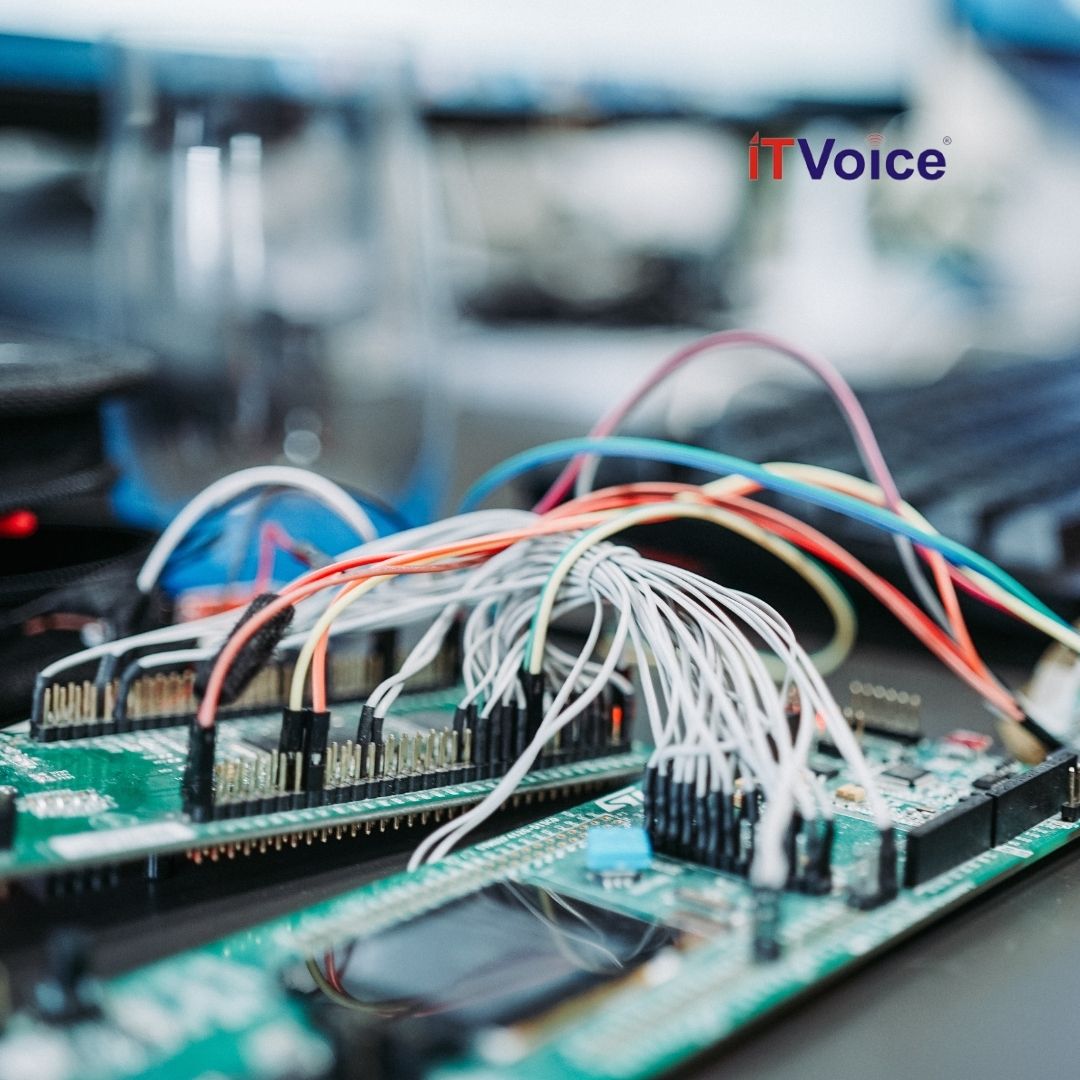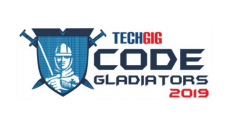Talk focuses on opportunities for India with 1.9 bn devices expected to be connected in the country by 2023
The Institution of Engineering and Technology (IET), one of the  world’s largest multi-discipline, professional societies for engineers, hosted its annual IET Pinkerton lecture at GE John F Welch Technology Centre, Bangalore on December 4th. The lecture topic was on the evolving phenomenon of Internet of Things and was delivered by Jim Morrish, Founder and Chief Research Officer, Machina Research, UK who spoke on “Internet of Things – The Connected Future.”
world’s largest multi-discipline, professional societies for engineers, hosted its annual IET Pinkerton lecture at GE John F Welch Technology Centre, Bangalore on December 4th. The lecture topic was on the evolving phenomenon of Internet of Things and was delivered by Jim Morrish, Founder and Chief Research Officer, Machina Research, UK who spoke on “Internet of Things – The Connected Future.”
During the lecture, Jim Morrish provided a brief but comprehensive overview of the emerging trends in IoT – tracing its evolution from M2M to Subnets of Things and finally emerging at Internet of Things (IoT). He discussed the driving forces, industries behind the anticipated 38billion connected devices worldwide by 2023, 1.9 billion of which will be in India and 600mn of which will be M2M connections in India. While talking about the tremendous benefits and opportunities, Jim also laid bare the risks and challenges of IoT and the importance of ensuring that they were addressed. The speaker also spoke of the opportunities for India in the areas of Smart Cities, Electric Vehicles (EVs), Irrigation, Telemedicine, Power Distribution and Smart Metering, Assisted Living etc., where IoT could play a significant role in connectivity, efficiency and cost savings.
The IET focuses on different streams of engineering and organises lectures by prominent personalities from across the world to showcase the future of science and technology to young engineering professionals. Hosting the IET Pinkerton Lecture is an endeavour that springs from the IET’s mission to share expertise, knowledge and essential engineering intelligence with members of the industry and wider stakeholders.
The IET Pinkerton lecture is hosted by the Institution of Engineering and Technology in commemoration and honour of John Pinkerton, the pivotal engineer who was involved with designing the UK’s first business computer in 1951.





